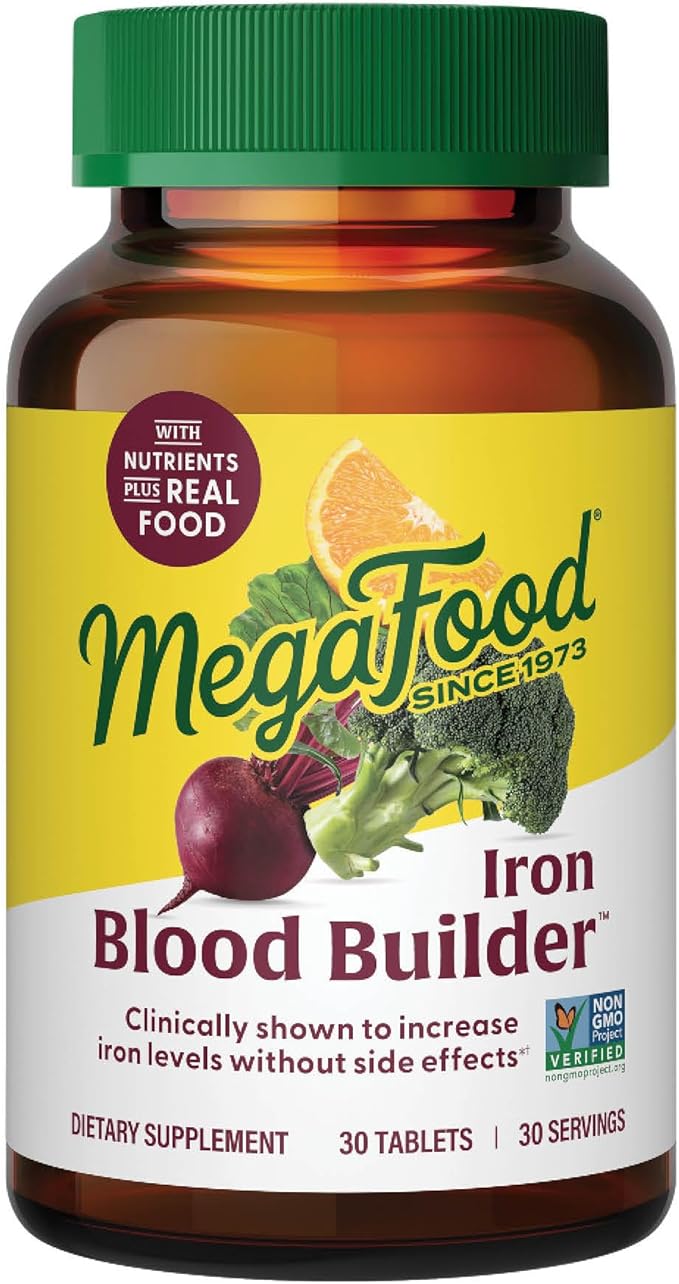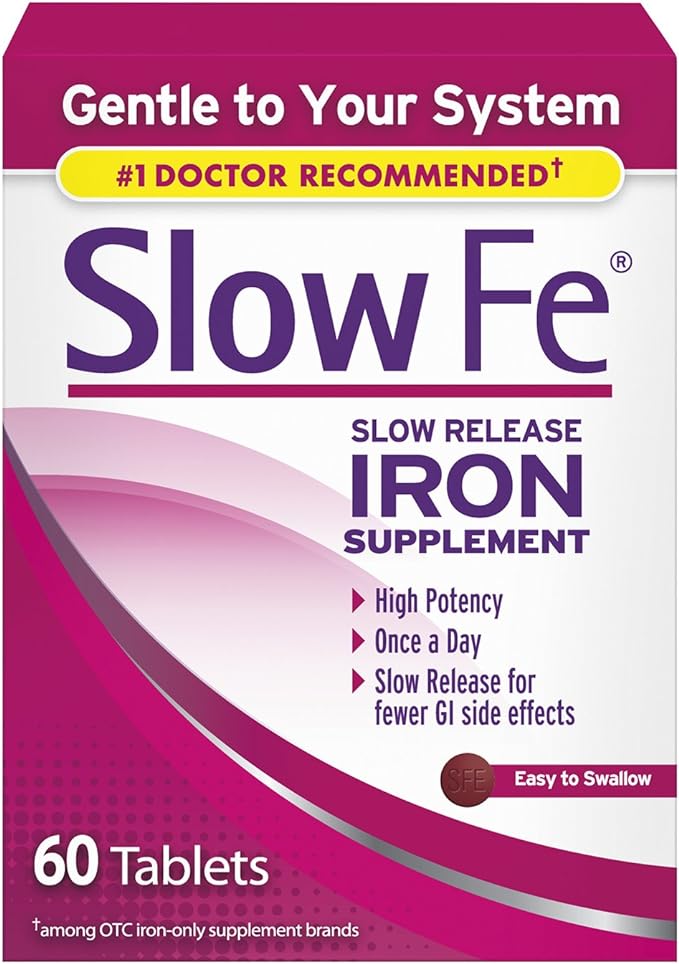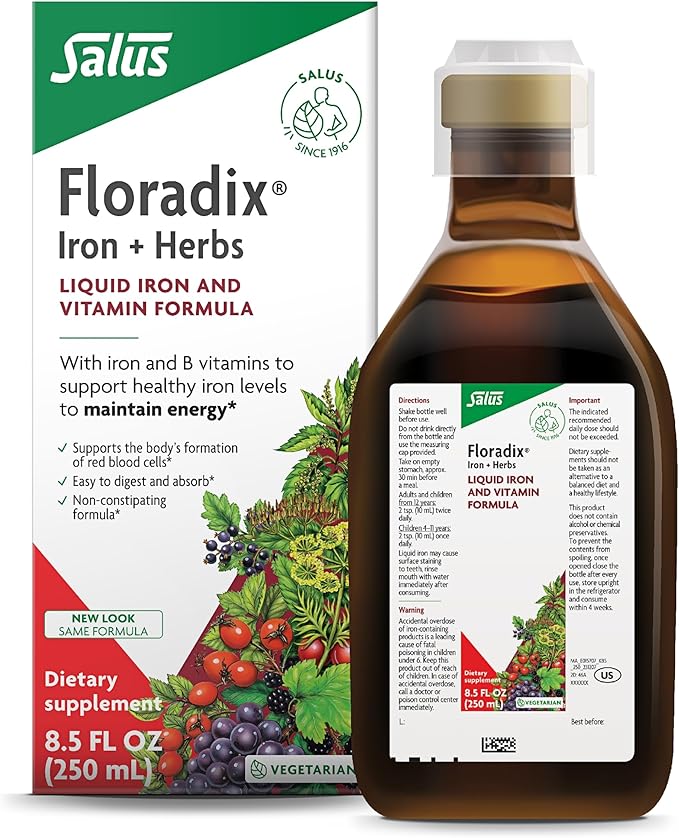Iron deficiency anemia is when a lack of iron in the body reduces the number of red blood cells.
Iron, a crucial element in the production of red blood cells, is responsible for storing and carrying oxygen in the blood. Understanding this process is critical to maintaining a healthy iron balance in your body. If your RBCs count is lower, your organs and tissues risk not receiving the optimal amount of oxygen, potentially affecting their function.
Other Topics You Might Like
Helpful Products You Might Like

MegaFood Blood Builder Iron Supplement

Slow Fe Iron Supplement for Iron Deficiency

Floradix by Salus Iron & Herbs - Liquid Herbal Supplement
"(Paid Links)" 
Symptoms
Iron deficiency starts as a mild condition that may go on it own. However, if anemia worsens, the signs and symptoms become more apparent, therefore, early detection and intervention is essential.
Iron deficiency anemia can present with various signs and symptoms, including:

Unusual tiredness
Feeling fatigued is a common sign of iron deficiency anemia. It occurs because your body lacks the necessary iron to produce hemoglobin, which is necessary for transporting oxygen throughout your body. When there isn't enough hemoglobin, oxygen delivery to your tissues and muscles is reduced, leading to decreased energy levels. Additionally, your heart has to exert more effort to circulate oxygen-rich blood, contributing to feelings of tiredness.
Skin that’s paler than usual

Skin that appears paler than usual, along with a lighter color in the inner lower eyelids, can also suggest iron deficiency. Hemoglobin in red blood cells imparts a red hue to blood, so low levels resulting from iron deficiency can lead to a less vibrant blood color. The skin can lose some of its tone or warmth in individuals with iron deficiency.
Shortness of breath
When hemoglobin levels are low due to iron deficiency, oxygen levels generally decrease as well. This can lead to insufficient oxygen reaching your muscles for daily activities like walking. Consequently, your breathing rate may increase as your body attempts to obtain more oxygen, which can result in shortness of breath. If you experience breathlessness during tasks that you once found easy, such as ascending stairs or exercising, it may be a sign of iron deficiency.
Headaches
Researchers continue to investigate the connection between iron deficiency and headaches. There are many factore that play role including changes in dopamine function and estrogen levels. Heavy menstural cycle can lead to iron deficiency and headaches, including menstrual migraines. iron deficiency anemia and chronic daily headaches, indicating that severe iron deficiency can exacerbate symptoms.

Heart palpitations
You might experience noticeable heartbeats or heart palpitations if you have iron deficiency anemia. Low blood oxygen levels associated with this condition can lead to symptoms such as heart palpitations, tachycardia (rapid heart rhythm), and chest pain. Hemoglobin in red blood cells is responsible for transporting oxygen throughout the body, is diminished in iron deficiency. This low hemoglobin level forces the heart to work harder to deliver oxygen, potentially resulting in irregular heartbeats or an unusual sensation of a fast heartbeat. As a result, iron deficiency may exacerbate heart conditions like heart failure and coronary heart disease, as well as impair exercise capacity. It is important to note that heart palpitations can also stem from other factors, including anxiety, caffeine consumption, and dehydration.
